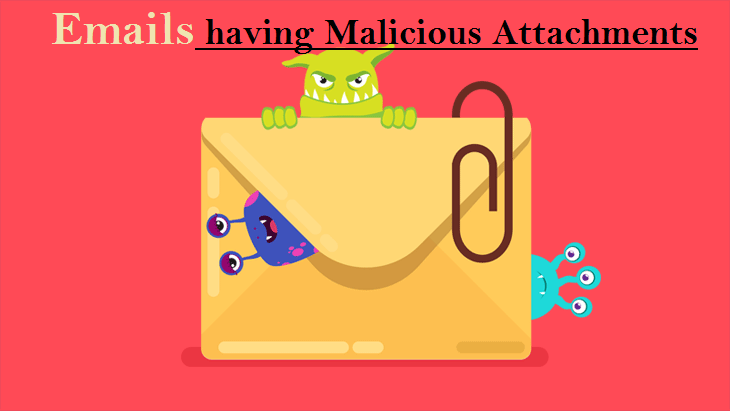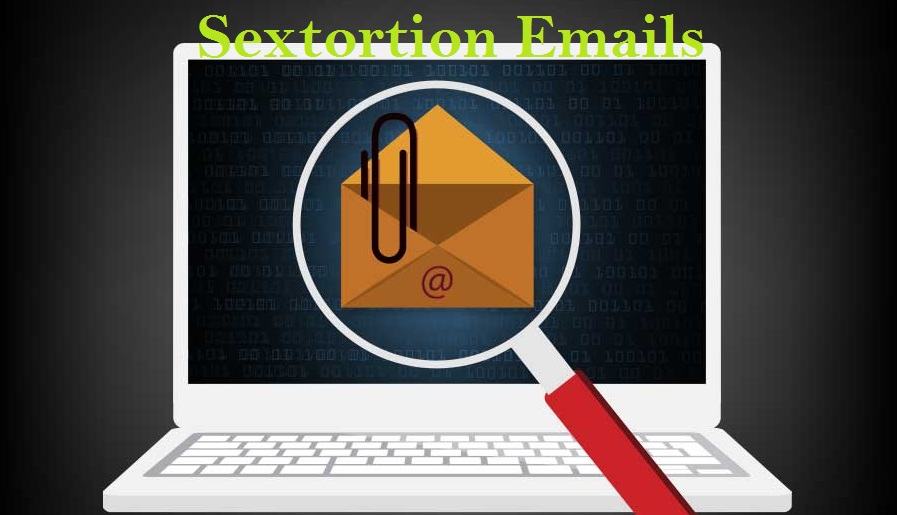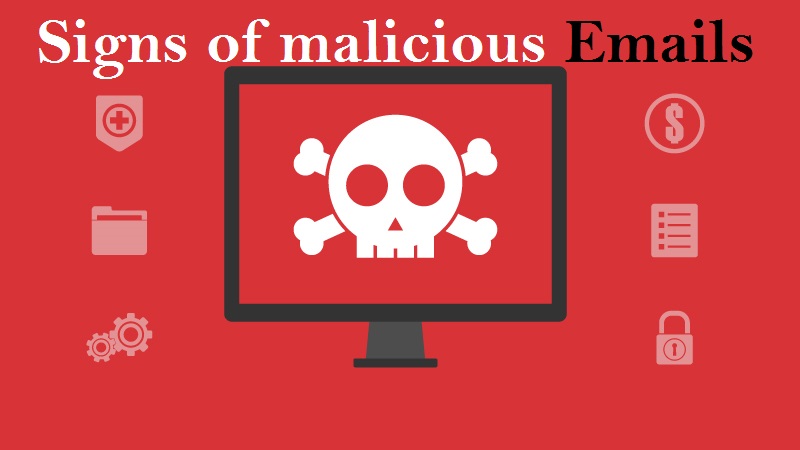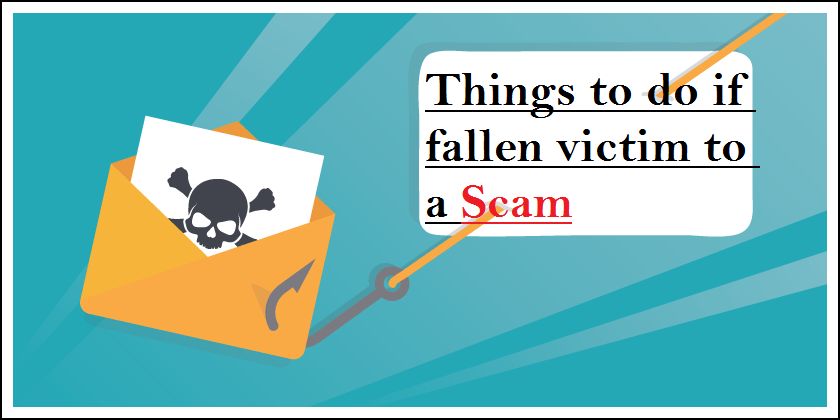Avoid Falling Victim To The YouPorn Email Scam
The YouPorn Email Scam is a tricky scheme designed to trick people into paying money by making them believe they’ve been caught in explicit videos on the YouPorn website. However, it’s all a big lie, and this scam has nothing to do with the real YouPorn site.
Here’s how it works: You might get an email with a subject like “Urgent: Uploaded content notification.” The email claims that YouPorn’s fancy computer tools have detected you in explicit videos. They say this is to stop bad stuff from happening, like sharing intimate videos without permission.
Now, if those videos were shared with your permission, you don’t have to worry. After a week, they’ll let you see the videos, along with other users of the site.
But here’s the tricky part: if you didn’t give permission for those videos, the email gives you options to remove them. Some versions even promise free removal, but when you click on that, it just takes you to your web browser’s homepage. So, you’re left with no choice but to look at the paid options.
One option costs $199 and promises to remove the videos from not only YouPorn but also 20 other websites. The next one is a bigger package for $699, called “Plan A,” which covers 300 sites and gives you protection for a year. Then there’s “Plan B” for $1399, which is a three-year deal including everything in “Plan A” and adds fancy tools like facial recognition to block content.
Here’s the kicker: they only accept Bitcoin, a kind of digital money that’s hard to trace. Plus, the whole process is automated, so they don’t even need to talk to you to get your money.
Now, the most important thing to remember is that all of this is a scam. None of it is true, and the real YouPorn has nothing to do with it. So, you shouldn’t panic or pay them any money.
If you do fall for the YouPorn Email Scam, you could lose your money, and it’s really hard to get it back because Bitcoin transactions are like secret codes that are tough to trace.
In simple terms, this scam email is trying to scare you into thinking you’ve been caught in explicit videos and then make you pay to remove them. But don’t fall for it! It’s a big, fat lie, and you should just delete the email and ignore it. Remember, the real YouPorn isn’t sending you any such emails.
Message In The Spam Letter:
Subject: Urgent: Uploaded content notification
YOUPORN
Uploaded content: Feedback required
Greetings!
Our AI-powered tools have detected that you are featured in sexually explicit content that was uploaded to our platform.
At our company, we take the security and privacy of our users very seriously, and we use advanced technology to help detect and prevent the distribution of non-consensual intimate images and videos.
While our tools are powerful, we also rely on human oversight to ensure that our platform remains safe and secure for everyone.
If you have approved the upload of this content, you do not need to take any further action. The video will be published to our library within the next seven days, and you will have an opportunity to review the content after the grace period has passed.
However, if you did not approve the upload of this content, we kindly ask that you follow the instructions below to take immediate action.
Our platform boasts an extensive network of websites and partners, which means that ensuring the security of our content is a top priority.
To achieve this, all uploaded content is digitally fingerprinted using both the MediaWise® service from Vobile® and Safeguard, our own proprietary digital fingerprinting software.
This helps to prevent unauthorized distribution of content on our platform.
For our premium users who upload content, we offer monetary incentives. However, in some cases, uploaded content may be put on hold.
If this happens, we can initiate a quick automated removal process, but we would require an incentive refund to do so.
The basic express removal, blocking, and protection against re-uploading of content on our network of 20 websites costs $199 USD.
As a digital company, we take great pride in our integrity and measures, which is why we offer additional options for protecting against unauthorized content uploads 24/7.
We have all our processes automated, including payment processing, for your convenience.
Our Plan A includes everything in the basic removal option, plus digitally fingerprinting of the content and automated removal and protection against re-uploading to our vast network of partner websites (300+) for one year, all for $699 USD.
If you require the best protection available, we recommend our
Plan B, which includes everything in Plan A plus digital protection by MediaWise® and Safeguard based on facial recognition data for three years. This ensures that any content with your biometrics will be blocked, and it costs $1399 USD.
Our system takes care of your request automatically and swiftly, so there’s no need to contact us.
The payment process is automated through a Bitcoin gateway, and the digital number you receive below is unique to your case and doesn’t require any extra confirmation.
1DzWf1Y9nDKPgmc2em37KRjYePPmWggRce
To transfer the amount corresponding to your chosen option, copy and paste this identifier into your preferred cryptocurrency wallet.
You can review the content uploaded after the seven-day grace period, either by checking our Youporn.com library or by contacting the member who uploaded the content.
We encourage users who feature in content and wish to prevent its upload to our platform to consider proactively digitally fingerprinting it.
Thank you for your attention to this matter.
In terms of email-based cyber threats, what are the different types of malicious emails?
Emails having Malicious Attachments

Email spam containing malicious attachments is a commonly employed method by cybercriminals to compromise users’ computers with malware. Malicious attachments often harbor trojans that possess the ability to pilfer sensitive data such as banking details, passwords, and other confidential information.
The primary objective of cybercriminals in these attacks is to deceive their potential victims into accessing a compromised email attachment. They commonly employ email messages that discuss recently obtained invoices, faxes, or voice messages to accomplish this aim.
If an unsuspecting individual succumbs to the trap and opens the attachment, their computer becomes infected, allowing cybercriminals to gather a substantial amount of confidential data.
Although it is a more intricate technique to pilfer personal data (as spam filters and antivirus programs typically identify such endeavors), if cybercriminals achieve success, they can access a broader spectrum of information and continue accumulating data over an extended duration.
Phishing Emails

Typically, cybercriminals employ deceitful emails to deceive individuals on the internet into divulging their confidential personal information, such as login credentials for diverse online platforms, email accounts, or online banking details.
These types of attacks are commonly known as phishing. In a phishing attack, cybercriminals typically send an email that mimics the branding of popular services like Microsoft, Amazon, DHL, or Netflix. They craft messages with a sense of urgency, such as incorrect shipping details or expired passwords, and include a hyperlink, hoping to entice unsuspecting recipients into clicking on it.
Upon clicking the provided link in these email messages, victims are redirected to a counterfeit website that closely resembles the legitimate one. In this deceptive environment, victims are prompted to enter their password, credit card information, or other sensitive data, which is subsequently harvested by cybercriminals for malicious purposes.
Spam Emails

Spam emails are unsolicited, bulk messages sent to a large number of recipients simultaneously. They often contain unwanted advertisements, scams, or fraudulent offers. The primary purpose of spam emails is to promote products, services, or websites, sometimes of dubious nature.
These emails can be sent by individuals or automated bots, and they often target a wide range of recipients without their consent. Spam emails can clog up inboxes, consume storage space, and pose risks such as phishing attempts or malware distribution.
Sextortion Emails

This type of email is a form of phishing known as a “sextortion scam.” It preys on individuals’ fears and attempts to blackmail them into paying a ransom. The scam email falsely claims that a cybercriminal has gained unauthorized access to the victim’s webcam and possesses a compromising video recording of them engaging in explicit activities.
The scammers leverage the potential embarrassment and shame associated with such content to coerce the victim into paying a ransom, often in the form of cryptocurrency, to prevent the release of the alleged video. However, it is crucial to understand that these claims are entirely false and fabricated.
What are some indicators or signs that can help identify a malicious email?

To spot a malicious email you can look for the following indicators:
Suspicious Sender: Check the sender’s email address and verify if it matches the official contact information of the organization or person they claim to represent. Be cautious of email addresses that contain misspellings, random numbers, or unfamiliar domain names.
- Poorly Written Content: Pay attention to grammar and spelling mistakes, unusual language, or poor formatting. Legitimate organizations usually maintain professional communication standards.
- Urgent or Threatening Language: Beware of emails that create a sense of urgency, pressure you to take immediate action, or threaten negative consequences if you don’t comply. Scammers often use fear or time-sensitive situations to manipulate victims.
- Suspicious Attachments or Links: Be careful of email attachments or links, especially from unknown or unexpected sources. Don’t open attachments or click on links unless you are confident about their legitimacy. Hover over links to see the actual URL before clicking.
- Requests for Personal Information: Legitimate organizations typically don’t request senstive information, such as passwords, Social Security numbers, or credit card details, via email. Avoid providing personal data unless you are certain of the email’s authenticity.
- Unusual Requests or Offers: Be wary of emails offering unexpected rewards, prizes, or financial opportunities. If something seems too good to be true or doesn’t align with your normal interactions, it could be a sign of a scam.
- Suspicious Email Design: Poorly designed or visually inconsistent emails may indicate a scam. Watch for generic greetings, mismatched logos, or distorted images.
If you have doubts about an email’s legitimacy, it’s best to err on the side of caution. Avoid clicking on links or downloading attachments, and consider contacting the sender through a verified channel to verify the email’s authenticity.
What actions can be taken if you have fallen for an email scam?

Below are the steps you should take if you’ve fallen prey to the YouPorn Email Scam.
- If you have mistakenly provided your credit card information after clicking on a link in a phishing email, it is crucial to immediately contact your bank and inform them about the situation. It is highly likely that you will need to take steps to cancel the compromised credit card and request a replacement for enhanced security.
- If you have inadvertently provided your password after falling for an email scam, it is essential to promptly change your password. Typically, cybercriminals gather stolen login details and sell them to other malicious groups for potential exploitation. By changing your password immediately, you reduce the likelihood of criminals having sufficient time to cause harm or unauthorized access to your accounts and information.
- If you notice any indications of identity theft, it is important to promptly reach out to the Federal Trade Commission (FTC). The FTC will gather information about your situation and develop a personalized recovery strategy.
- Assist in safeguarding fellow internet users by reporting phishing emails to organizations such as the National Fraud Information Center, Anti-Phishing Working Group, FBI’s Internet Crime Complaint Center, and the U.S. Department of Justice.
- If you have inadvertently opened a malicious attachment, it is likely that your computer has been compromised. To address this, it is advised to conduct a thorough scan of your system using a reliable antivirus software. We suggest utilizing SpyHunter 5 for Windows to help mitigate any potential threats.
⇓⇓Download Spyhunter 5 Free Scanner⇓⇓
Do make sure to read SpyHunter’s EULA and Privacy Policy. Spyhunter free scanner downloaded just scans and detect present threats from computers and can remove them as well once, however it requires you to wait for next 48 hours. If you intend to remove detected threats instantly, then you will have to buy its licenses version that will activate the software fully.
Frequently Asked Questions
Why was I included in the distribution of this email?
Phishing emails are often disseminated by threat actors through extensive campaigns, leading to thousands of recipients receiving comparable messages.
If I have viewed a spam email but refrained from opening the attachment, is there a possibility that my computer has been infected with malware?
Simply opening or reading an email does not pose a direct risk of malware infection. The actual threat arises when you interact with malicious attachments or links contained within the email, triggering potential malware download or installation processes.
If I downloaded and opened a file from a spam email, does that mean my computer is infected?
If the file you opened from a spam email was an executable file (.exe, .run, etc.), there is a high chance that your computer may be infected. However, if the file was a document format (.doc, .xls, .one, .pdf, etc.), the risk of infection may be lower as these formats usually require additional actions to initiate the download or installation of malware, such as enabling macros or clicking on embedded content.
If I have unknowingly shared your personal information in response to a deceptive spam email, what steps should I take to mitigate the potential risks?
If you have mistakenly shared your login credentials, it is crucial to change the passwords for all affected accounts promptly. Additionally, if sensitive personal information like identification documents or credit card details were disclosed, it is important to promptly notify the relevant authorities or organizations responsible for handling such incidents.
Is SpyHunter 5 capable of detecting and eliminating malware infections that may be present in email attachments?
SpyHunter 5 is powerful security software that is specifically designed to scan devices and effectively remove various types of malware infections. With its comprehensive scanning capabilities, it can detect and eliminate most known malware threats, including those that may be present in email attachments and pop-up notifications. Running a thorough system scan is crucial to ensure that all potential threats are identified and removed from your device.




